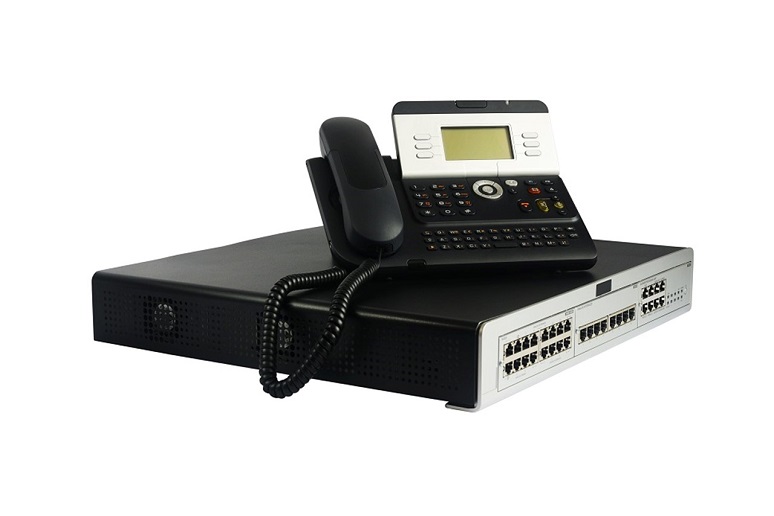The adoption of cloud-based PBX systems continues to accelerate in the enterprise. IT pros tend to gravitate toward the cloud for its flexibility, low initial costs, and a wide selection of capabilities like call recording and monitoring, reporting and analytics, virtual attendants (IVR), and the list goes on. While cloud PBX gets much of the attention these days, on-prem deployments still make sense in some cases. It's helpful to know the basics so you can help determine: what is the purpose of your PBX? Is it time for a replacement?
There are several reasons that companies resist replacing legacy PBX systems. I hear it all the time, “it works, leave it alone.” Other explanations involve refusing to remove all applications from the system or postponing budget replacement because “more important” projects keep popping up. Someone will tell me, “It’s been pushed to next year’s budget again.”
Most of the legacy PBX systems that I see today are very old and large. They have anywhere from 500 to 10,000 stations that were installed 15 to 20 years ago or even longer. The PBX’s were manufactured by Nortel Networks, Lucent Technologies, ROLM, and Fujitsu, to name a few vendors that were Google, RingCentral, and Zoom of their day. Just because a system is old, that doesn’t mean it no longer serves its original purpose or added value. When a legacy PBX system still meets the current requirements, it becomes difficult to justify the dollars to replace it. These systems represent serious investments, and there’s considerable operational capital involved. Especially when it comes time to train staff, as well as end users, and create policies that work with these PBX’s and vendors.
For example, in every healthcare environment, there are always extremely high operational requirements. Many of these PBX system servers have critical functions and there is no time for system overhauls. Migrating end users off a legacy PBX is painful for them and administrative staff. It's not like riding a bicycle, everything is different. All the end users and staff need to be retrained.
It's important to note that switching to a newer system, even if it eventually leads to greater efficiency, causes a loss of productivity and revenue. Companies might not see a return on their investment for years to compensate for the disruption of service. Before replacing your premise-based PBX, start with a complete audit of your company’s telephony infrastructure. A lot of companies don’t know every piece of technology or application they are using. Also, track inventory of everything in use. Include an assessment of each component’s contribution to the business. Be sure to answer the following questions.
- What applications is your business supporting?
- Is the application(s) essential?
- How much are you spending on maintenance?
- What is our projected return on investment (ROI)?
Next, implement new functionality outside the premise PBX system to allow the cloud-based systems and use them for heavy lifting and modern applications. Keep the old PBX for analog ports and disaster recovery options. Efficiency is the primary goal.
Finally, prioritize small steps instead of sweeping changes. Remember that choosing integration rather than replacement is often done to minimize disruption. It’s better to develop a plan that helps you modernize in stages rather than all at once.
"SCTC Perspective" is written by members of the Society of Communications Technology Consultants, an international organization of independent information and communications technology professionals serving clients in all business sectors and government worldwide.
Knowing the challenges many enterprises are facing during COVID-19, the SCTC is offering to qualified members of the Enterprise Connect user community a limited, pro bono consulting engagement, approximately 2 - 4 hours, including a small discovery, analysis, and a deliverable. This engagement will be strictly voluntary, with no requirement for the user/client to continue beyond this initial engagement. For more information or to apply, please visit us here.











